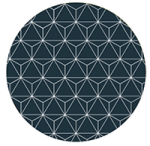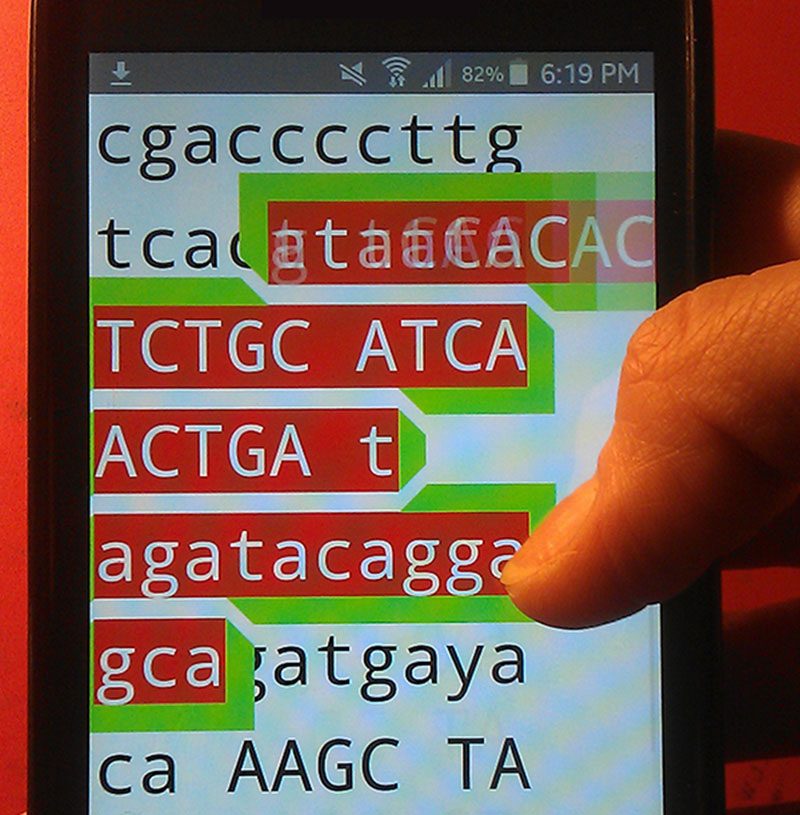The Open Call for the Social Art Award 2019 under the topic “We are the People – Peaceful Revolutions” was closed on December 15, 2019. We are very impressed by 558 submissions that were contributed by artists coming from 65 countries across all continents.
The winners of The Social Art Award 2019 are Narcissa Gold (USA), Melinda Mouzannar (Lebanon) and Bogna Grazyna Jaroslawski (Poland/Germany). The Honorary Mention goes to Kingson Kin Sing Chan (Hong Kong/UK).
Below you find the artworks, that passed the initial jury round. The public voting took place till 30 December and is a tool to give more public visibility to the topic and the artworks. It does not replace the final jury judgment. There were two wildcards for the most voted artworks that entered the final shortlist.
The focus diversity of applications shows that artists are active in the multi-faceted fields of socially engaged art reflecting on wars, genocides, femicides, traumata, violence against refugees, children, women, men, disabled people, LGBTIQs, animals. They share feelings for the planet and its living species, but also showing hopelessness due to complex crises be it climate change (e.g. in regard to water pollution), capitalism, corruption, a violation against human rights, nature, protected national parks. Many of the artists are constantly trying to give a voice to the poorest or empower unheard social groups.
It’s not only about peaceful revolutions, but it’s also about feeling a deep connection and showing love and respect for each other.
Thank you all for sharing your great and inspirational work and look at all the great contributions!
viral capital
Robert B. Lisek
open category
The project is a prototypical new program, which combines the activity of a computer virus and biological viruses. Sequence of numbers (obtained from any biological or physical detector) introduced by the user is subjected to transformation and destruction through the use of viruses. Sequences of viruses are introduced combinatorially: they gradually transform and destroy and substitute the initial sequence in order to create completely new configurations of signs and biological objects. The form of the program is open and serves for the creation of unpredictable and new sequences of objects. The project shows how logical structures and computer processes remain in relation with biological and chemical processes. Transmutation of one elementary sequence into another, one chemical substance into another is of great importance. The possibility of transforming sequences in real time gains great importance in times when human identity is increasingly coded by digital data. Through transformation and distribution of DNA data in real time, the physical structure of the user described in the form of a sequence develops and transforms, intersecting with the public space of the net. http://lisek.art.pl/CAPITAL.html How can art catalyze change?: Another problem the project deals with, is the analysis of ways of making the codes of life accessible and their place in the capital exchange. It is known, that this field is more and more appropriated by Big Pharma, which attempts to patent new codes and gain profits out of it. In our understanding, there exist situations, where life should not be available for sale, made accessible as trade codes. It is an attempt of creating a new class of non-human codes and making them accessible free of charge, which causes a decentration in this system of capital exchange.
The project is a prototypical new program, which combines the activity of a computer virus and biological viruses. Sequence of numbers (obtained from any biological or physical detector) introduced by the user is subjected to transformation and destruction through the use of viruses. Sequences of viruses are introduced combinatorially: they gradually transform and destroy and substitute the initial sequence in order to create completely new configurations of signs and biological objects. The form of the program is open and serves for the creation of unpredictable and new sequences of objects. The project shows how logical structures and computer processes remain in relation with biological and chemical processes. Transmutation of one elementary sequence into another, one chemical substance into another is of great importance. The possibility of transforming sequences in real time gains great importance in times when human identity is increasingly coded by digital data. Through transformation and distribution of DNA data in real time, the physical structure of the user described in the form of a sequence develops and transforms, intersecting with the public space of the net. http://lisek.art.pl/CAPITAL.html How can art catalyze change?: Another problem the project deals with, is the analysis of ways of making the codes of life accessible and their place in the capital exchange. It is known, that this field is more and more appropriated by Big Pharma, which attempts to patent new codes and gain profits out of it. In our understanding, there exist situations, where life should not be available for sale, made accessible as trade codes. It is an attempt of creating a new class of non-human codes and making them accessible free of charge, which causes a decentration in this system of capital exchange.



